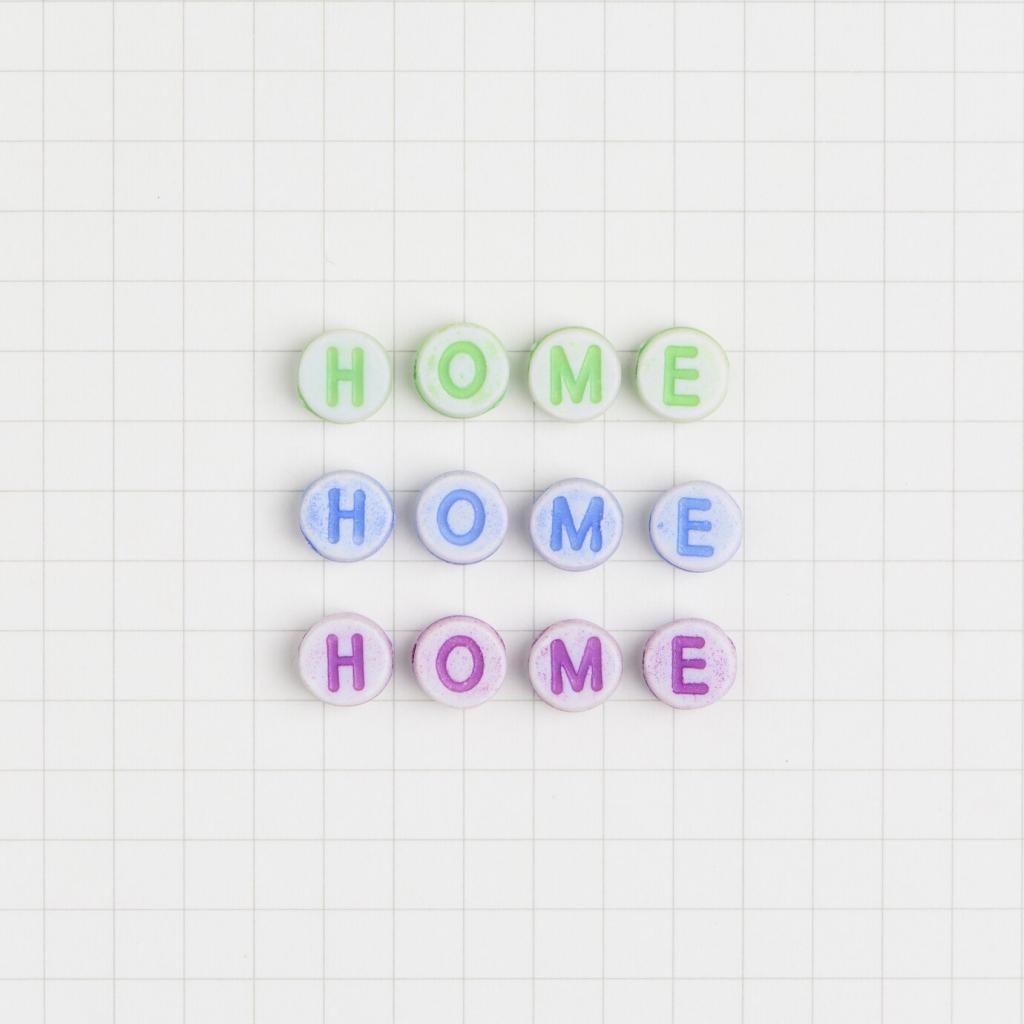
Grounded Design: Geothermal Energy in Architectural Planning
Chosen theme: Geothermal Energy in Architectural Planning. Welcome to a design journey that binds architecture to the steady heartbeat of the earth’s thermal mass. Discover how geothermal systems shape site strategies, building forms, and occupant comfort while slashing operational carbon. Join the conversation, subscribe for deep-dive guides, and share your project questions to spark actionable, earth-aware solutions.
Geothermal 101 for Architects
Beneath every great geothermal building is a simple principle: the ground is a stable thermal battery. Heat pumps shuttle energy to and from that battery using closed or open loops, delivering low-temperature heating and cooling that pairs beautifully with efficient envelopes and radiant systems.


Geothermal 101 for Architects
Architects influence loop length and plant sizing by shaping solar gains, shading, envelope U-values, and internal loads. Early massing choices can trim peak demand, reduce bore count, and unlock quieter, smaller mechanical rooms with better adjacencies for operations and maintenance.



Integrating Geothermal with Form, Space, and Aesthetics
Quiet Mechanical Rooms and Comfortable Adjacencies
Heat pumps hum softly compared to rooftop chillers, enabling tighter adjacencies to classrooms and offices. Thoughtful isolation mounts, slab thickening, and resilient finishes maintain acoustic calm. Compact plant rooms free rooflines for daylighting, green roofs, or photovoltaic arrays.
Expressing the Invisible: Design as Narrative
Consider a lobby display tracing seasonal heat exchange or floor inlays mapping the hidden well field. Visitors love tangible cues. An artful cutaway of a borehole section can transform a corridor into an educational moment without cluttering the spatial experience.
Envelope, Shading, and the Shape of Demand
Geothermal thrives when loads are modest and steady. Exterior shading, balanced glazing ratios, and high-performance envelopes flatten peaks. That stability means smaller equipment, calmer comfort, and more design freedom. Subscribe for our envelope–HVAC pairing checklist tailored for geothermal success.
Distribution Systems That Sing with Geothermal
Radiant and Low-Exergy Design
Radiant slabs and panels leverage modest water temperatures, delivering silky comfort with minimal fan noise. By aligning structural grids and zoning with thermal needs, architects reduce mechanical clutter and elevate spatial clarity while boosting lifecycle efficiency and resilience.
Ventilation Done Right: ERVs and DOAS Pairings
A dedicated outdoor air system supplies fresh air decoupled from sensible loads. Energy recovery ventilators reclaim heat and moisture, shrinking the geothermal plant’s burden. Carefully route shafts to protect daylight, wayfinding, and future flexibility in tenant fit-outs.
Controls, Zoning, and Occupant Trust
Give users intuitive controls and consistent expectations. Smaller zones, steady supply temperatures, and clear UI labels prevent tug-of-war setpoints. Invite your facilities team to comment on preferred interfaces; their insights often sharpen the commissioning plan and training sessions.
By replacing combustion with electricity, geothermal aligns projects with grid decarbonization. As the grid cleans, your building’s emissions glide downward without additional retrofits. Publish your carbon goals below, and we will share a sample measurement and verification outline.
Carbon, Cost, and Lifecycle Strategy

Permits, Risk, and Community Storytelling
Local rules vary on groundwater use, bore spacing, and setback distances. Engage authorities early with clear drawings, environmental safeguards, and monitoring plans. A concise binder of precedents reassures reviewers and accelerates approvals for well-coordinated projects.
